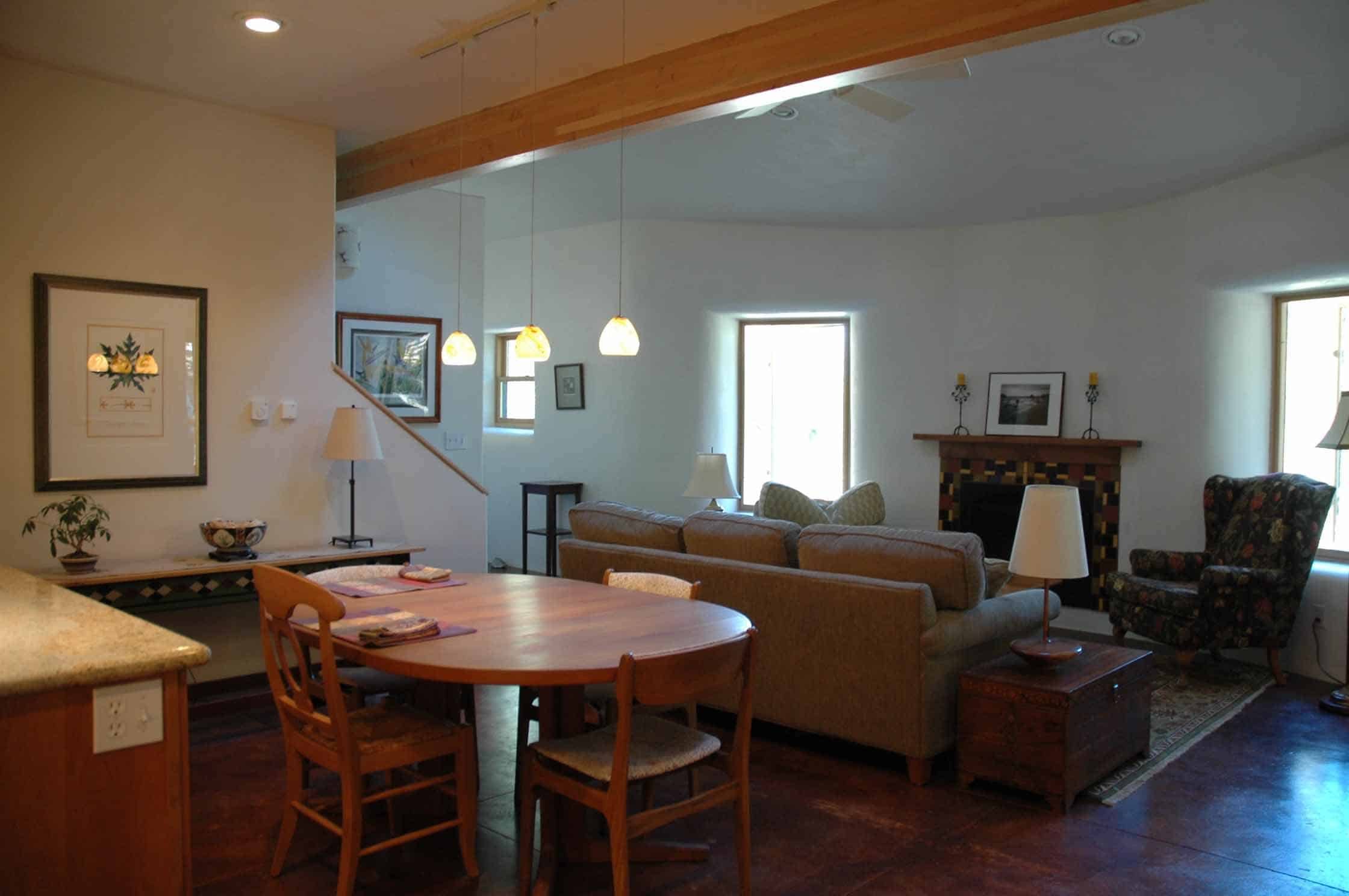Acid Staining Floors While Protecting Plaster Walls
When acid staining concrete floors, it is very important to properly mask off walls and doors so that none of the stain gets onto places where you don't want it. One of the hardest surfaces to protect is unsealed plaster. The reason for this is the fact that it will try and wick the stain off of the floor if it gets behind the tape and plastic masking. That coupled with the fact that it can be hard to get a tights seal of the plastic and the tape to the wall makes for a dangerous situation.
If at all possible, seal the plaster walls before staining. If you plan to use base board trim, then you don't have to worry nearly as much. Without base or sealer, you must be extremely careful to get as tight a seal as possible with the tape. Brush the wall with a dry paint brush and use a soft brush attachment for a wet/dry vac to clear any dust from the wall before you attach the tape.
Another important tip is to place a small wad of plumbers putty into any grooves that run into the walls like saw cuts for tile patterns, etc. The putty stops the stain from pooling up under the tape at these places which would almost certainly cause the stain to get wicked up into the plaster.
Be sure that you inform the client that acid staining is an art and that there is no way you can guarantee the final look of the floor. It is a good idea to do some test patches in closets or other hidden areas that will give the clients an idea of what the finish product will look like. The color they saw in the store when they picked their acid may actually look quite different on their floor due to the chemical reactions that take place.
Different concrete will make the exact same acid look different every time. You might want to get a written release for the stain and the concrete floor stating that the client understands the vast variations in finish the stain can provide and that it may actually highlight cracks in the concrete. These highlighted cracks are beautiful (in my opinion) but some owners don't want to see cracks at all. If that is the case, concrete floors and acid stain finishes are not a good match for the client.
-Andrew Morrison

